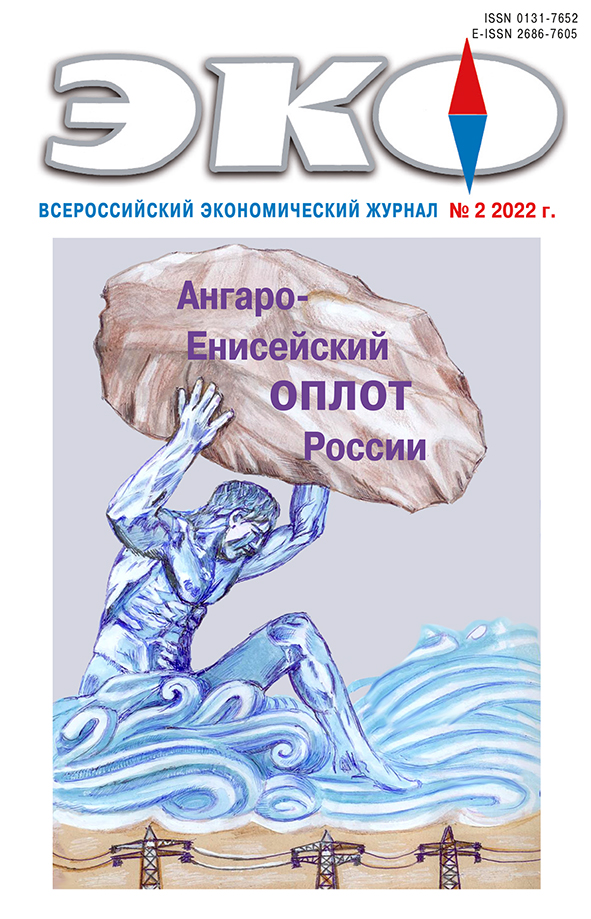Management
Innovations in Urban Planning Legislation – Between Inclusive and Extractive Institutions
Published 2022-02-03
Keywords
- urban development; urban planning law; integrated development of territories; IDT; renovation; industrial zones; inclusive institutions; extractive institutions; urban planning conflicts
How to Cite
1.
Makarov А. Innovations in Urban Planning Legislation – Between Inclusive and Extractive Institutions. ECO [Internet]. 2022 Feb. 3 [cited 2025 Nov. 1];52(2):93-114. Available from: https://ecotrends.ru/index.php/eco/article/view/4384
Abstract
Urban planning is a complex socio-economic process that requires careful legislative regulation – it is necessary to create inclusive institutions to ensure consensus decisions, taking into account the interests of society, business and government in the implementation of urban development projects. The protection of the rights of residents and property owners must be guaranteed. This paper analyzes the problem of inclusiveness of urban planning legislation and law enforcement – both from the point of view of general principles of territorial planning, and in relation to the new integrated development of territories law (IDT law). The IDT mechanism was proposed both for the renovation of dilapidated dwellings and for the development of industrial zones. The high risks of the extractive nature of IDT programs were shown. The paper proposes measures to improve urban planning legislation, to increase guarantees for residents and owners.References
- Бассе М. Е., Фисенко А. А. Направления развития производственных и промышленных зон города Москвы // Architecture and Modern Information Technologies. 2020. № 1(50). С. 257–270.
- Иванов О., Ильинская Ю. Стадии развития градостроительных конфликтов в современной России // Урбанистика. 2018. № 1. DOI:10.7256/2310–8673.2018.1.25095
- Макаров А. В. Реновация аварийного и ветхого жилья – проблемы и риски законодательного регулирования и правоприменения // ЭКО. 2021. № 12. С. 58–77. DOI: 10.30680/ECO0131–7652–2021–12–58–77
- Натхов Т., Полищук Л. Политэкономия институтов и развития: как важно быть инклюзивным. М.: Институт экономики, 2017.
- Радыгин А., Энтов Р. Институциональные компоненты экономического роста // Вопросы экономики. 2005. № 11. С. 14–38. DOI: 10.32609/0042–8736–2005–11–14–38
- Тамбовцев В. Л. Улучшение защиты прав собственности – неиспользуемый резерв экономического роста России? // Вопросы экономики. 2006. № 1. С. 22–38. DOI:10.32609/0042–8736–2006–1–22–38
- Шнейдерман И. В., Гришанов В. И., Гузанова А. К., Ноздрина Н. Н. Проблемы ветхого и аварийного жилья в России // Народонаселение. 2019. № 4. С. 18–35.
- Acemoglu D., Robinson J. Why Nations Fail. The Origins of Power, Prosperity, and Poverty. New York: Crown Business, 2012.
- Hall R., Jones C. Why Do Some Countries Produce So Much More Output Per Worker Than Others // Quarterly Journal of Economics. 1999. Vol. 114(1). P. 83–116. DOI: 10.1162/003355399555954
- Knack S., Keefer P. Institution and Economic Performance: Cross-Country Tests Using Alternative Institutional Measures // Economics & Politics. 1995. Vol. 7(3). P. 207–227. DOI: 10.1111/j.1468–0343.1995.tb00111.x

